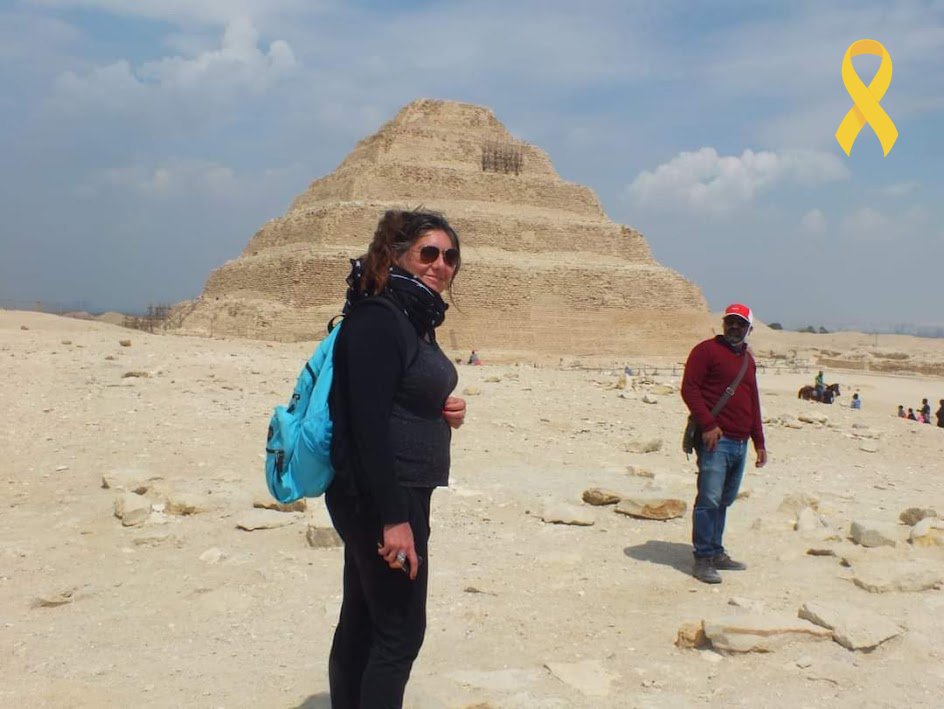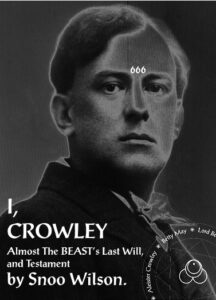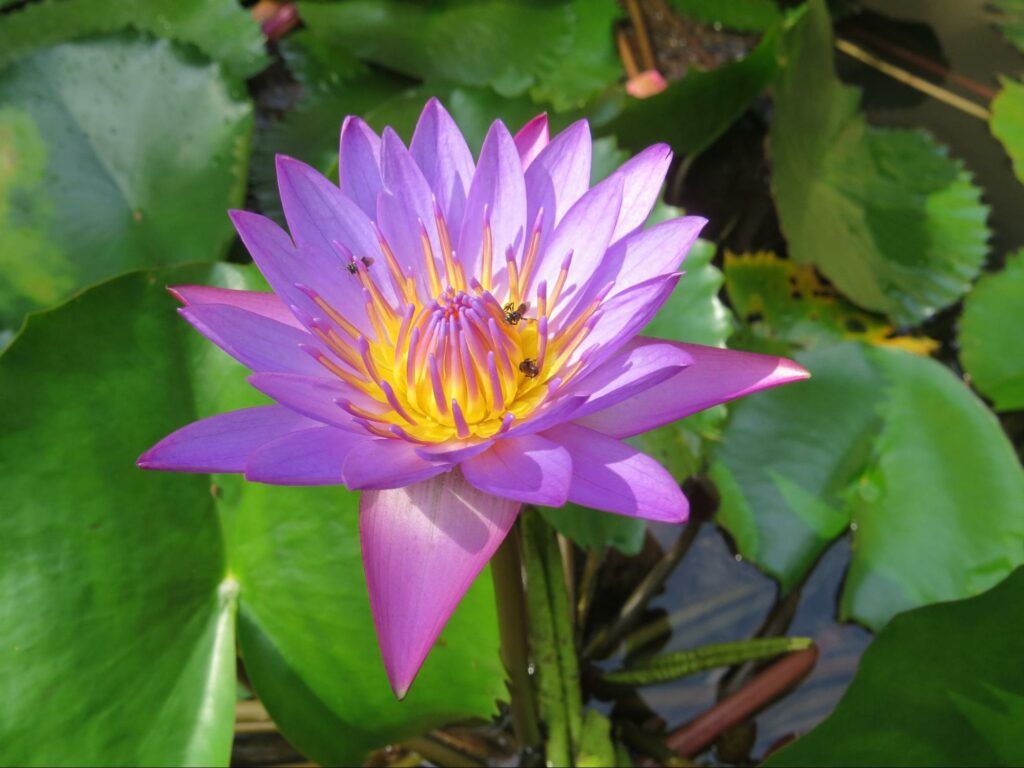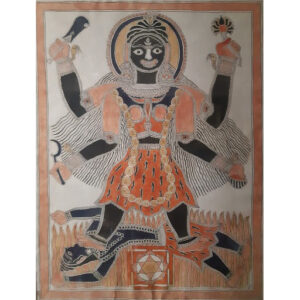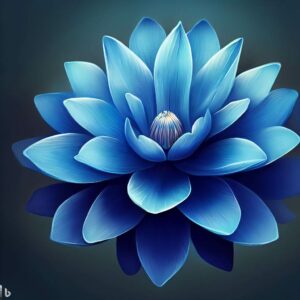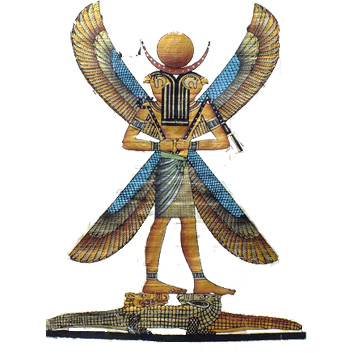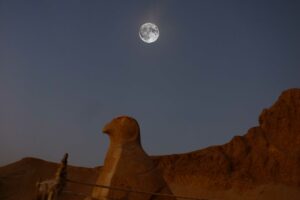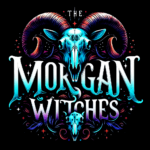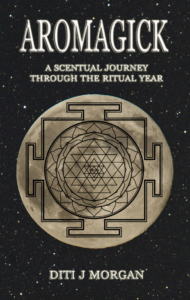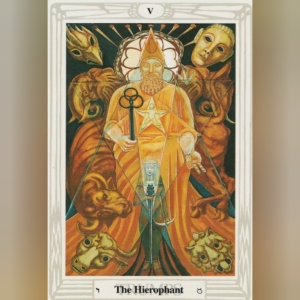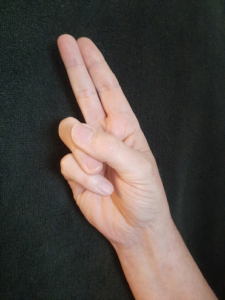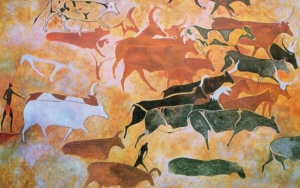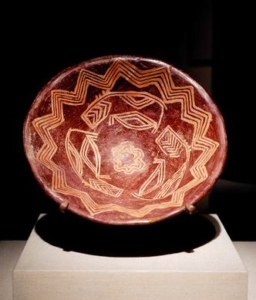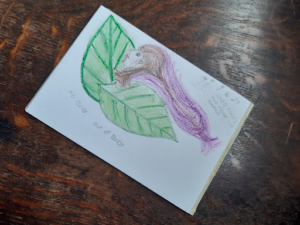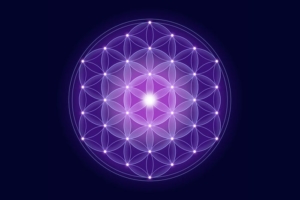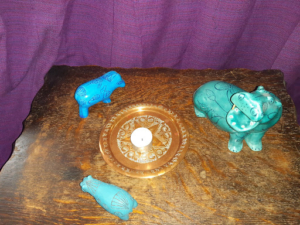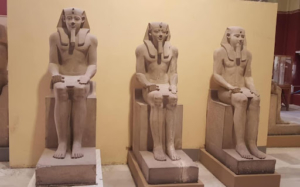
Introduction to the concept of Solve et Coagula
Unlocking the mysteries of ancient mythology can often feel like peeling back layers of an onion—each layer revealing deeper insights and profound truths. Among these tales, the story of Osiris stands out as a powerful narrative brimming with symbolism and transformation.
At the heart of this myth lies a concept that resonates across cultures and eras: Solve et Coagula. This alchemical phrase, meaning “dissolve and coagulate,” offers a window into understanding not just the cycles of life and death but also our journeys toward growth and enlightenment.
Join us as we embark on an exploration of this fascinating intersection between Egyptian mythology, alchemy, and spiritual awakening. Prepare to delve into the rich tapestry woven by Osiris’ resurrection—a tale that continues to inspire seekers today.
The symbolism of Solve et Coagula in relation to the myth of Osiris
The phrase “Solve et Coagula,” which translates to “dissolve and coagulate,” embodies transformation. This concept resonates deeply within the myth of Osiris, an ancient Egyptian deity associated with resurrection.
Osiris’s journey begins with his brutal murder by Set, symbolising dissolution. His body is dismembered and scattered across Egypt, representing chaos and separation. In this state of fragmentation, we see the essence of “solve”—the breaking down of form.
Yet from this chaotic disarray emerges a powerful narrative of renewal. Isis, Osiris’s devoted wife, gathers his pieces to reconstruct him. This act signifies “coagula,” where unity arises from chaos. Through her determination and love, Osiris is reborn as the god of the afterlife.
This cycle vividly illustrates how destruction can lead to rebirth—a fundamental principle in both alchemy and mythology that highlights life’s dual nature: creation often follows devastation.
The deeper meanings and lessons we can learn from this connection between alchemy and mythology
The connection between alchemy and the myth of Osiris reveals profound lessons about transformation. At its core, this relationship emphasizes the necessity of embracing change. Just as Osiris undergoes death to be reborn, we too must confront our own internal struggles.
Alchemy teaches us that dissolution is not an end but a beginning. This process invites us to shed old beliefs, habits, or relationships that no longer serve us. By breaking down these elements, we can create space for new growth.
Moreover, the story encourages resilience. Osiris’s resurrection symbolizes hope and renewal after chaos. It reminds us that even in our darkest moments, there lies potential for rebirth.
Embracing this duality of destruction and creation allows for deep personal insight. We are reminded that every ending carries within it the seeds of a new beginning waiting to flourish into something extraordinary.
Modern interpretations and applications of Solve et Coagula in personal transformation and spiritual growth
Today, the principle of Solve et Coagula resonates deeply within personal development circles. It represents a journey of breaking down old patterns to create something new and meaningful.
Individuals often find themselves at a crossroads, feeling stuck in life. The process encourages them to dissolve limiting beliefs and emotions that no longer serve their growth. This step can be uncomfortable yet transformative.
After this dissolution comes coagulation, where one gathers insights and strengths from their experiences. It’s about forming a renewed self—stronger and more aligned with one’s true purpose.
Many spiritual practices incorporate this idea as well. Meditation, journaling, or guided visualization can aid in understanding what needs release while nurturing the seeds of new intentions.
This duality inspires deeper introspection and fosters resilience on our paths toward self-discovery. Embracing both phases allows for profound healing and lasting transformation in everyday life.
Conclusion: The enduring relevance and power of this symbol in our lives today.
The symbol of Solve et Coagula resonates deeply within the fabric of human experience. It captures the essence of transformation, a theme that echoes through time and across cultures. The story of Osiris illustrates this beautifully — his death leading to renewal is a powerful testament to the cycles we all endure.
In our modern lives, we face challenges that can feel overwhelming. Yet, these moments often serve as catalysts for growth. Just as alchemists sought to turn lead into gold through dissolution and coagulation, we too can find strength in breaking down our barriers and reconstructing ourselves anew.
This ancient wisdom encourages us to embrace change rather than resist it. When faced with trials or transitions, remembering the process of Solve et Coagula reminds us that every ending carries within it the seed of a new beginning.
As you navigate your own path toward personal transformation, consider how this profound symbolism applies to you. Whether it’s letting go of old patterns or rediscovering lost parts of yourself, there lies immense potential in embracing both dissolution and rebirth.
The relevance of Solve et Coagula persists today because it reflects our shared journey as humans: evolving through adversity into something more refined and enlightened. Each experience shapes us into who we’re meant to become—a beautiful reminder that even amidst chaos, there is always an opportunity for resurrection.
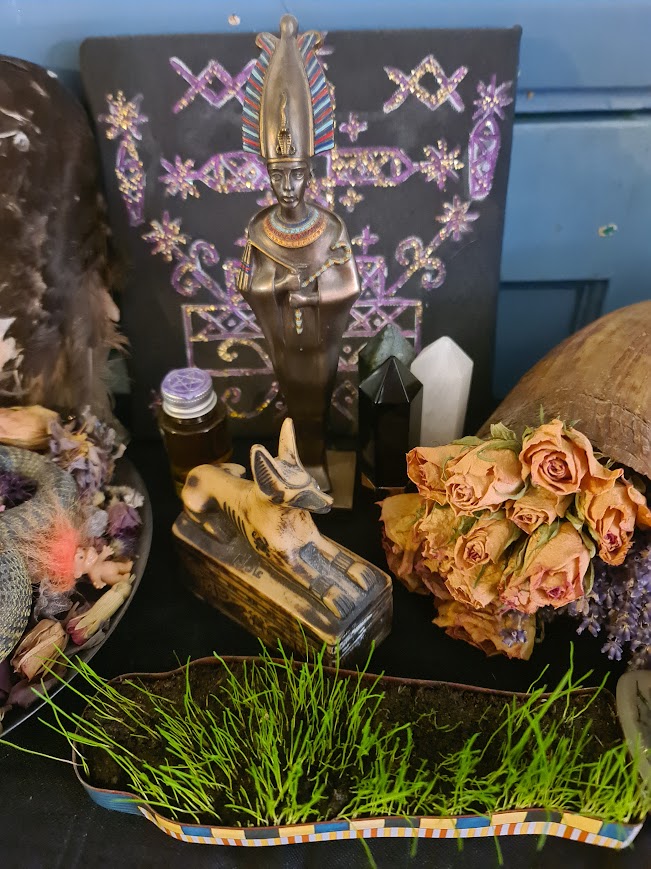
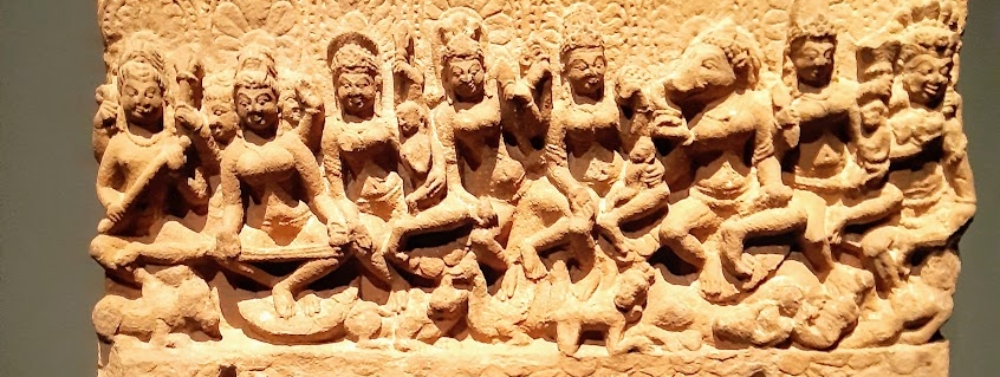
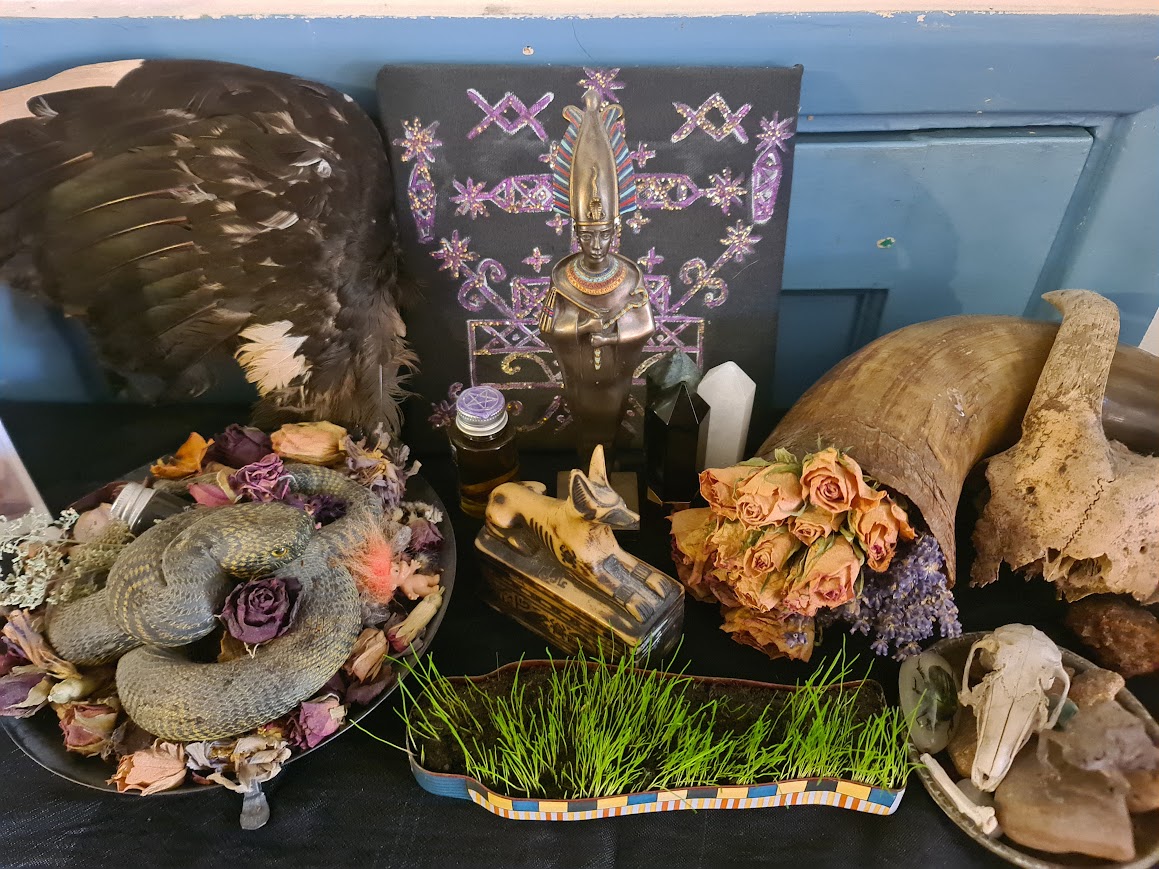 Set’s Deception: The Betrayal of Osiris
Set’s Deception: The Betrayal of Osiris